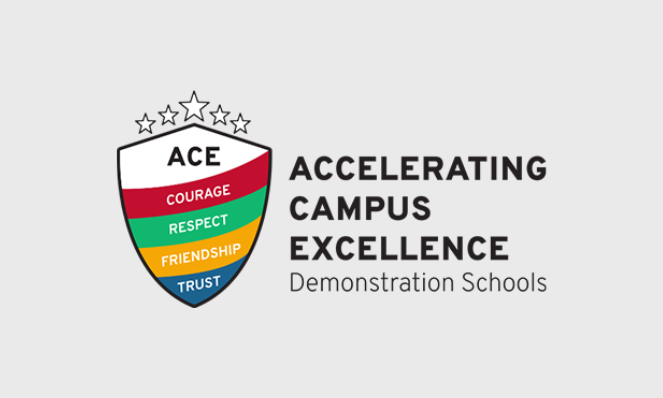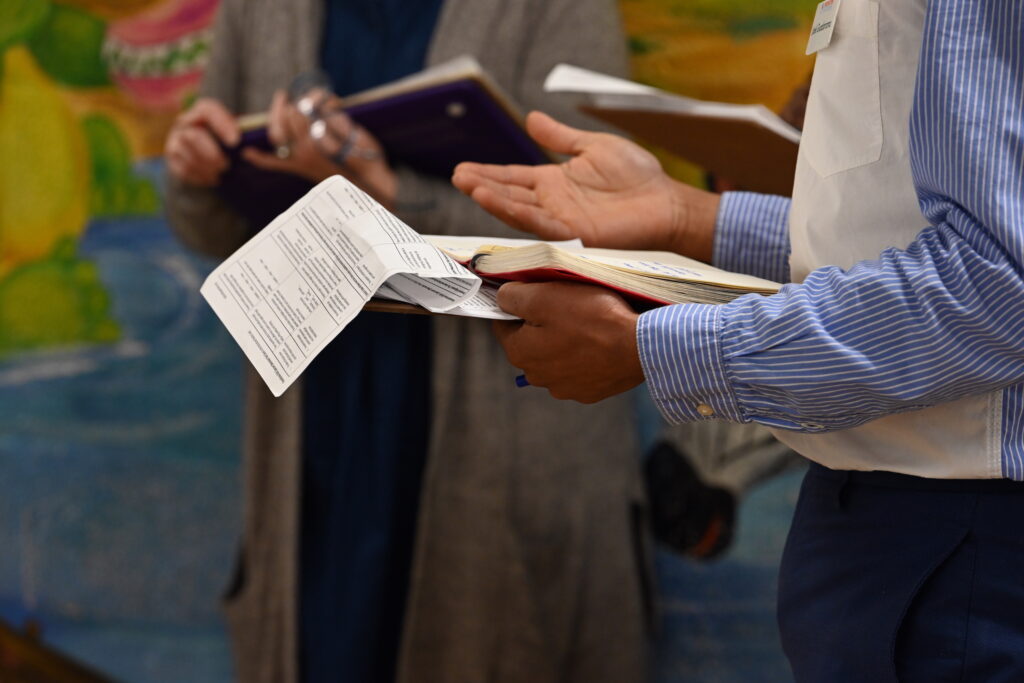
Supporting Unfinished Learning
Are you looking to build your team’s capacity to address unfinished learning? We’re offering customized, content- and role-specific support for instructional leaders. Learn more here.
In the last few weeks, several journalists have asked me whether I can connect them with districts doing “acceleration” and whether I think it is the right approach.
My stomach churns every time I get the question or read an article about “the acceleration movement” or “the remediation vs. acceleration debate” (different discussions on this approach here, here, and here). I have that here-we-go-again déjà vu—new camps and a new buzzword.
I have two big concerns about how the topic is getting covered and discussed.
My first concern is about the word acceleration.
Acceleration implies moving faster over time. Most educators and parents associate acceleration with moving into advanced courses, like skipping 8th-grade math and going straight into algebra.
This year we partnered with a set of districts to do deeper work on how to support unfinished learning. We found that, in most cases, the moves that supported more learning required teachers to slow down. Attending to unfinished learning while moving forward required teachers to spend more time on priority units, not less. For example, in math, teachers had to identify the units with the most important content, anticipate the missing load-bearing walls, determine the additional time needed, then decide what other content to merge or cut.
We have to reexamine the prevailing mindset that we must always “meet kids where they are,” and we have to acknowledge how much expectations matter to learning and identity. But I am increasingly worried the word acceleration does not convey the patience and focus actually required to support unfinished learning. Teachers already felt like they were running a race through content. If we have to pick a term at all, could we call it something like “embedded support”?
My bigger concern is with the push for any single approach.
These discussions too often imply we can find a universal approach to unfinished learning. This logic skips over everything we know about the role content should play in instructional decisions. Twenty years ago, the late Richard Elmore said, “we cannot talk about teaching outside the context of what is taught.” We know that the way to help children learn how to decode words is not the same as the way to help them learn what happens to a cold can of soda on a hot day. We know our brains do not generalize well—a person who memorizes long strands of numbers cannot then automatically memorize long strands of letters. Searching for a single approach or headline skips over context that should shape instructional decisions.
If the motivating question is “how do we support unfinished learning in light of COVID?” the answer is probably “it depends on what we are trying to teach.” For example:
- It is critical to stop and go back when teaching reading foundational skills.
- In math, we can pick up most content in the context of grade-level work but there are some load-bearing walls that will need remediation and reinforcement (e.g., students need to understand place value in order to subtract with regrouping).
- In science, we might just need to be ready for more questions.
Like our world and our humanity, teaching and learning is complex work. Anyone who has worked in a large system or team knows that complexity does not scale well. But we have a long history of trying and fatiguing on oversimplified ideas in education. Do we really want to do it again?
Another option might be to let the cross-cutting ideas emerge from deeper exploration of the complexity involved. Instead of starting an article with “the big new thing” we can start with a range of examples that make clear the reality of the decisions educators will face. Wading into these examples in practice might lead us to find routines and decision trees that honor the range of actions educators need to consider.
Just because something is complex does not mean it is unknowable or impossible; it just means we have to understand a broad range of things in order to help children learn a broad range of things. Finding a path forward that acknowledges complexity makes everything from principal training to recovery guidance much harder. But, again, we can do hard things.
The most impactful decisions in teaching and learning—and definitely the decisions that really matter when it comes to unfinished learning—don’t make for great headlines. They are the product of very unsexy work. They live in the pacing guide, the feedback a teacher gets on a lesson plan, the questions that arise during a student work analysis review, and the thousands of real-time decisions teachers have to make every day. We will never see articles about how “Ms. Smith discovers Angela needs more practice with the number line, which she can offer in the upcoming lesson, but Rebecca needs a mini-lesson to reinforce the concept of fractions.” And yet, these are the unsexy and complex decisions that have always shaped opportunities for generations of students.
In the next couple of months, I am going to dig into this unsexy work one content area at a time. I will explore what we learned from supporting planning and decision-making with a number of districts this year, and share some of what we learned from our Rethinking Intervention conversations with content experts about the structure of each discipline. Come with me into the complexity; we can handle it. It will not grab headlines and it will feel weedy, but we may just find more of what works if we let ourselves get into the weeds.
Here are some resources I have been learning from this week:
- I appreciated EdWeek’s reporting on how educators are discussing the Derek Chauvin trial and verdict
- We added new resources from Transforming Education to the PLC guide on Rethinking Intervention Takeaway 1: Relationships and learning are inseparably connected. I particularly loved this leader self-reflection tool.
- CRPE’s “premortem” on funding missteps was very helpful. And while I may disagree with the term “acceleration,” the term “hygiene theater” is brilliant
- Heather Hill’s summary of the research on strategies for recovery brought useful evidence to bear on investment decisions.
- I appreciated reading students’ perspectives on learning loss.


